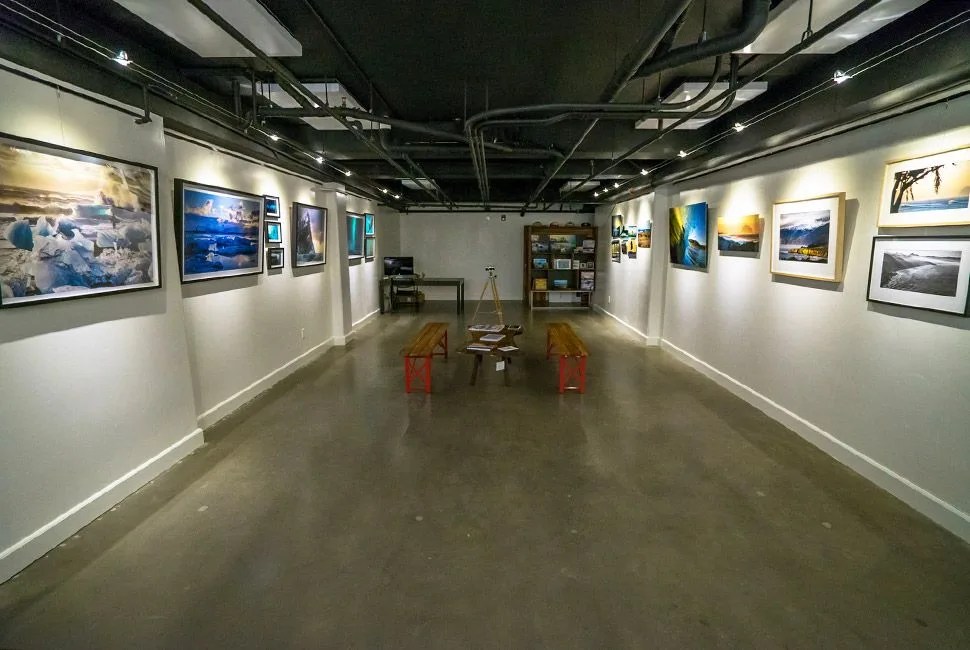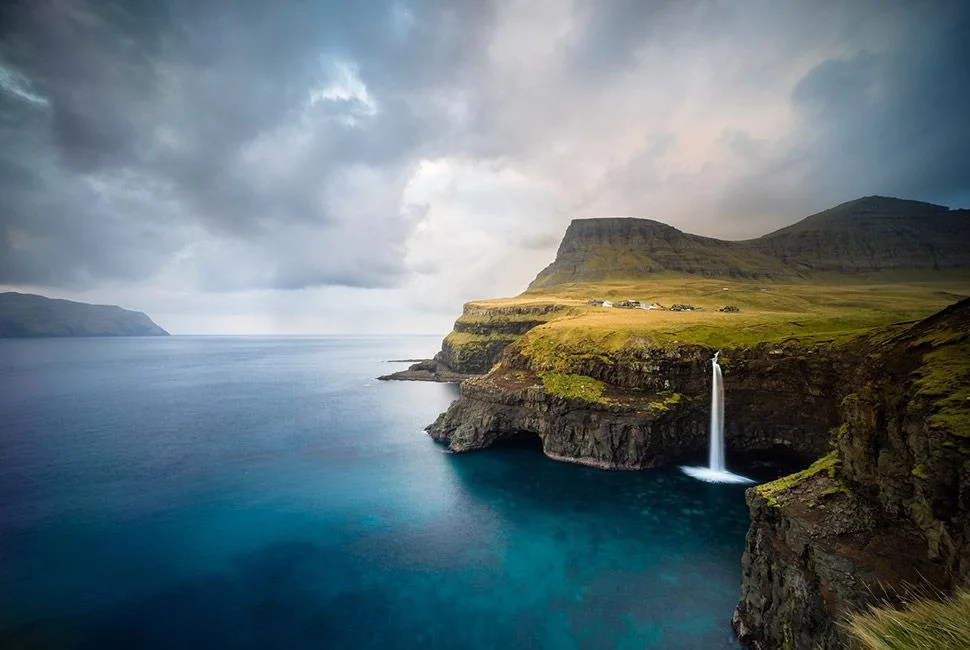4 photos
It’s tempting to view surf photography as something passive — a matter of waiting for the surfer to catch the wave. But there is something about Chris Burkard’s work that challenges this notion. Burkard’s been said to be both “pushing the limits” and “shaking [surf photography] up” , and his body of work has helped change the genre. His newest addition to his cadre is a gallery in his hometown of Avila Beach, featuring his surf and adventure photography.
The Avila gallery is significant to Burkard’s own journey and to surf photography as a whole. On the personal side of things, Avila Beach is where he began photographing surfers, and where he realized, “I had to completely immerse myself in the surf culture if I was going to capture it well.” On the larger side of things, the gallery also comments upon surf photography as an art form. It brings up the question: Is surf photography art? Posing it to the man behind the gallery, Burkard responds in the affirmative (“I would say so”). The photos on display at the gallery counter the contention that surf photography is a passive endeavor, which is the main support to Burkard’s answer that these photos are art — his creativity is both deliberate and nuanced.
“I had to completely immerse myself in the surf culture if I was going to capture it well.”
Burkard’s work displays a hard-won mixture of knowing where to look and how to look at it differently, and it’s what differentiates him from the lucky observer who happens to snap the shutter. Since so much has been photographed before, continuing to produce artful photographs requires constant work; he has to actively strive to be unique. Burkard’s response to the demands of the genre includes seeking new locations. Instead focusing only on traditionally captured “warm, tropical locations and overcrowded beaches”, Burkard also seeks out surfers in front of towering snow-covered volcanoes or ice-strewn lakes.
When asked what makes a photograph gallery-worthy versus magazine-ready, Burkard doesn’t talk about finished products, but circles back to process. “I usually try to do everything in my power to create and capture the shot, and then wait for those moments where the sun shines through the clouds for a split second, or the fog parts as a surfer catches the wave of the day. It’s those shots that you can’t reproduce…you have to be in the right place at the right time.”
If the differentiation between gallery and magazine photography starts with the process, surf photography as art does not look to the gallery or the projected end result as its end goal. Instead, it focuses on the intent, the effort in the moment, and the ability to turn photographs of something everyone’s seen — a surfer and a wave — into works of art, like the handful of prints on display at Avila Beach.



